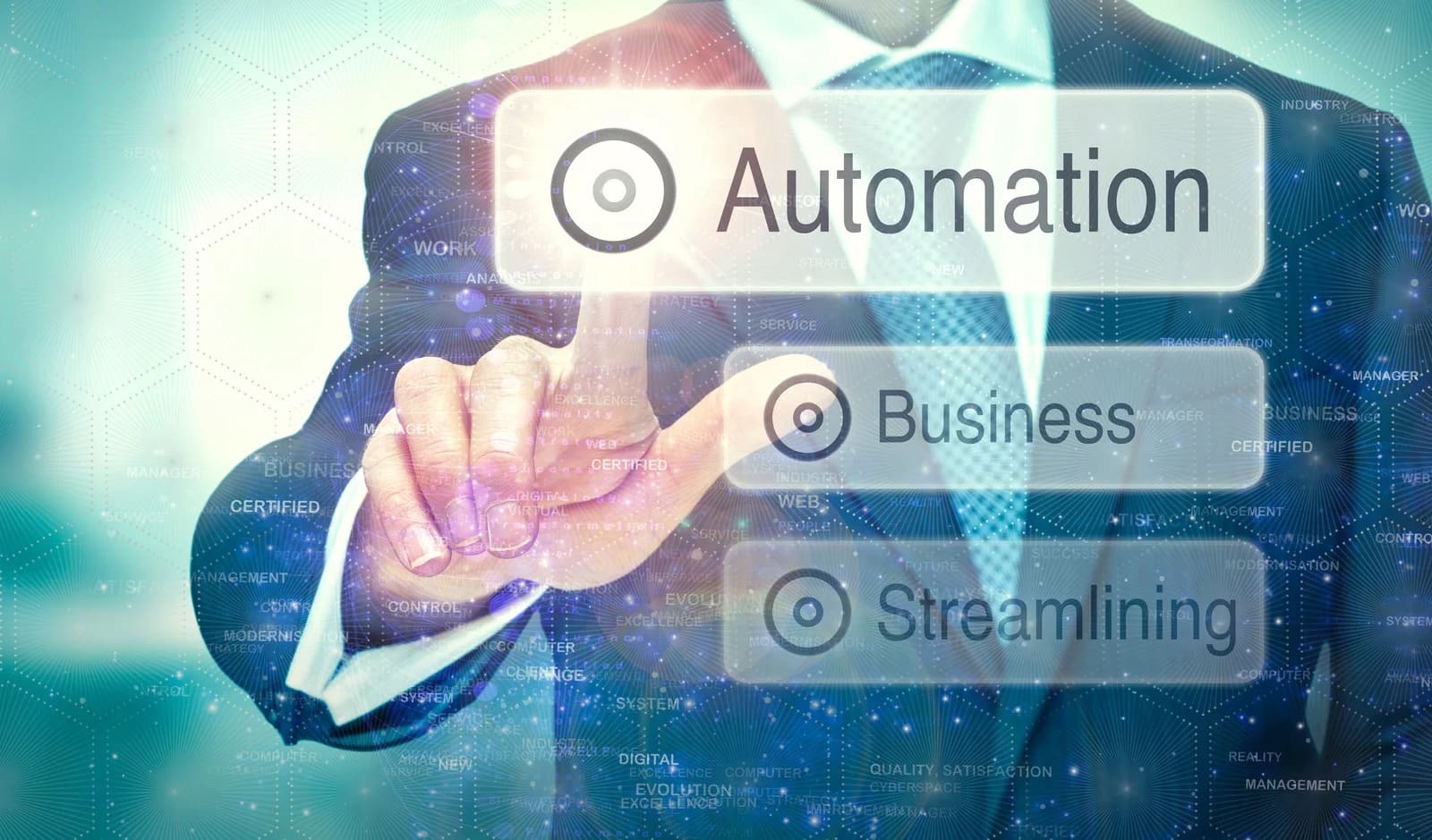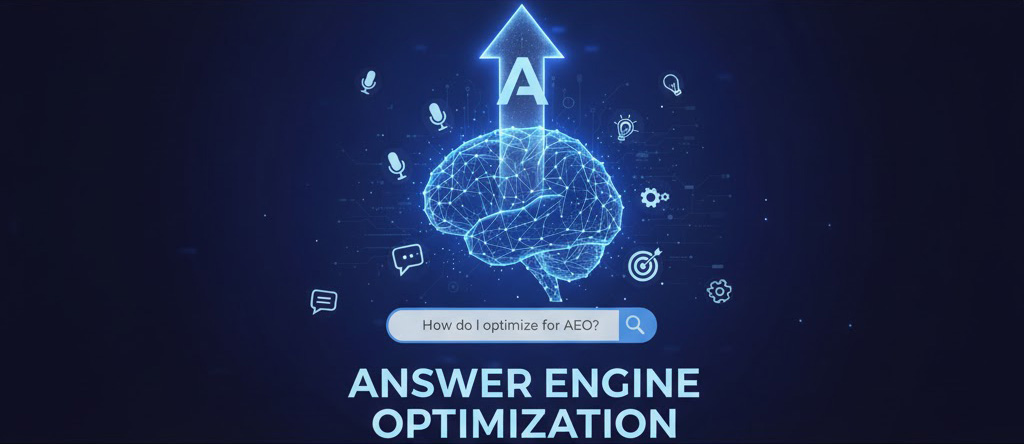The Ever-Changing Landscape of Online Marketing for Collision Repair Shops: From Traditional Methods to 2024’s Digital Revolution
Introduction: A Trip Down Memory Lane
Before the internet era, marketing was a completely different ballgame. For collision repair shops, marketing efforts were grounded in traditional, offline methods. Word of mouth, print advertisements, radio spots, and billboards dominated the landscape. Let’s take a journey through time to see how marketing has evolved and what it means for today’s collision repair industry.
Marketing Before the Internet: The Old School Approach
Word of Mouth and Local Reputation
In the years before the internet, word of mouth was king. A shop's reputation in the local community was its most valuable asset. Happy customers would tell their friends, family, and colleagues about their experiences, driving new business almost exclusively through personal recommendations. The lack of digital platforms meant that reputation was built slowly, over years of consistent service.
Print Advertising: Flyers, Newspapers, and Magazines
Print media was another crucial tool for collision repair shops. Flyers, local newspaper ads, and automotive magazine features were common methods of reaching potential customers. Shops would invest in well-designed print ads to catch the eye of anyone looking for repair services. However, this type of marketing was expensive and difficult to measure in terms of ROI.
Radio and TV: The Mass Media Giants
Radio and TV advertising offered a broader reach, though they were often too expensive for smaller, independent shops. These mediums were typically reserved for larger businesses that could afford the hefty price tags. Radio spots, in particular, were popular for their ability to target specific time slots when potential customers were most likely to be listening.
Billboards and Signage: Location-Based Marketing
For shops located on busy roads, billboards and clear, professional signage were critical. These visual cues served as a constant reminder to passersby that a reliable collision repair shop was just around the corner. However, like print and broadcast media, these methods provided no direct way to measure effectiveness.
The Rise of the Internet: The Dawn of Digital Marketing
The Introduction of Websites: The First Digital Footprint
As the internet began to gain popularity in the late 1990s, collision repair shops started to see the potential of having an online presence. A simple website with contact information, a list of services, and a few photos could make a big difference. Websites were the digital storefronts that could operate 24/7, offering potential customers a glimpse into what the shop offered.
However, the challenge was that many businesses didn’t understand how to leverage their websites effectively. A poorly designed site or one that was difficult to navigate could do more harm than good. As time went on, the need for optimization became apparent, and the focus shifted to making websites not just informative, but also user-friendly and conversion-focused.
Email Marketing: A New Way to Keep in Touch
The early 2000s saw the rise of email marketing. Collision repair shops could now keep in regular contact with their customers, sending out newsletters, special offers, and reminders about services like routine maintenance. Email marketing allowed shops to build and maintain relationships with customers in a way that wasn’t possible before. But, as inboxes became more crowded, the need for targeted, personalized content became increasingly important.

The Social Media Revolution: Building Communities and Trust
Facebook, Twitter, and Instagram: The Social Media Giants
By the late 2000s, social media had exploded onto the scene. Platforms like Facebook, Twitter, and Instagram offered collision repair shops new ways to engage with customers. Social media allowed shops to showcase their work, share customer testimonials, and build a community around their brand.
These platforms also became essential for managing a shop’s online reputation. Customers could leave reviews, ask questions, and even book appointments directly through social media. However, the rise of social media also meant that shops had to be more vigilant than ever about their online presence. A single negative review could quickly spread, impacting a shop’s reputation.
The Power of Social Proof and User-Generated Content
One of the most significant shifts brought about by social media was the concept of social proof. Potential customers began to rely heavily on the experiences of others when choosing a repair shop. Photos, videos, and testimonials shared by satisfied customers became powerful tools for building trust and attracting new business.
Search Engine Optimization (SEO): The Key to Online Visibility
The Importance of Being Found Online
As the internet continued to grow, the importance of search engine optimization (SEO) became clear. Collision repair shops needed to ensure that their websites were easily found on search engines like Google. This meant optimizing content with relevant keywords, ensuring fast load times, and securing high-quality backlinks.
Local SEO and Google My Business
For collision repair shops, local SEO became particularly crucial. Potential customers were often searching for services near their location, making it essential for shops to appear in local search results. Tools like Google My Business allowed shops to manage their online presence and appear in local map packs, which became a critical driver of foot traffic.
The Mobile Revolution: Adapting to a Smartphone-Driven World
Mobile-Friendly Websites: A Necessity, Not a Luxury
With the rise of smartphones, having a mobile-friendly website became non-negotiable. Customers were increasingly searching for services on the go, making it essential for collision repair shops to ensure that their websites were optimized for mobile devices. Slow-loading pages or difficult navigation could lead to lost business.
Text Message Marketing: Direct and Immediate
Text messaging emerged as a powerful tool for communication. Shops could send repair updates, appointment reminders, and even requests for reviews directly to customers’ phones. The immediacy and direct nature of text messaging made it a highly effective way to stay connected with customers and encourage repeat business.

The Age of Data and Analytics: Informed Decision-Making
Data-Driven Marketing Strategies
The availability of data analytics tools transformed how collision repair shops approached marketing. From tracking website traffic to analyzing the effectiveness of social media campaigns, shops could now make informed decisions based on real-time data. This shift allowed for more targeted and efficient marketing strategies, ensuring that every dollar spent had the maximum impact.
Conversion Tracking and ROI
Pay-per-click (PPC) advertising, coupled with robust conversion tracking, allowed shops to measure the direct impact of their digital marketing efforts. This level of insight was unprecedented in traditional advertising methods, enabling shops to fine-tune their strategies for better results.
2024 and Beyond: The Future of Online Marketing for Collision Repair Shops
Artificial Intelligence and Automation
As we look toward 2024, artificial intelligence (AI) and automation are set to play a significant role in online marketing. AI-powered tools can help collision repair shops optimize their marketing efforts by automating tasks like content creation, ad bidding, and customer segmentation. These tools can analyze vast amounts of data to predict customer behavior and tailor marketing messages accordingly.
Advanced SEO Techniques
SEO continues to evolve, with a stronger focus on user experience, mobile-first indexing, and voice search optimization. Collision repair shops need to stay ahead of these trends by continuously optimizing their websites and content for both search engines and users. This includes ensuring that their sites are fast, secure, and easy to navigate, while also providing valuable content that meets the needs of their target audience.
Geofencing and Hyper-Local Advertising
Geofencing is becoming increasingly important for collision repair shops looking to target local customers. This technology allows shops to serve ads to potential customers based on their physical location, such as when they visit a competitor’s shop or an insurance company’s office. This hyper-local approach ensures that marketing efforts are focused on the most relevant audience, maximizing ROI.
The Integration of Social Media, SEO, and PPC
The lines between social media, SEO, and PPC are blurring, with successful online marketing strategies now requiring an integrated approach. Collision repair shops must ensure that their efforts across all platforms are aligned and working together to drive traffic, build brand awareness, and convert visitors into customers. This holistic approach is essential for staying competitive in a crowded market.
Conclusion: Embracing the Digital Future with BodyShop Marketing
The landscape of online marketing has changed dramatically over the years, and for collision repair shops, staying ahead of these changes is critical. From the early days of word-of-mouth referrals and print ads to the sophisticated digital strategies of today, the evolution of marketing reflects the changing needs and behaviors of consumers.
As we move into 2024, the focus will be on leveraging advanced technologies like AI, enhancing online visibility through SEO, and targeting customers with precision using tools like geofencing. By embracing these trends, collision repair shops can continue to grow and thrive in an increasingly digital world.
At BodyShop Marketing, we understand the unique challenges that collision repair shops face in this rapidly changing environment. Our comprehensive suite of services is designed to help your shop navigate the complexities of online marketing and come out on top.
Whether you’re looking to improve your shop's online visibility with AutoBoost, manage your social media presence with AutoSocial, optimize your website for conversions with AutoSite, or harness the power of geofencing with AutoCapture, we’ve got you covered. We also offer targeted pay-per-click advertising through AutoClick, ensuring that your marketing dollars are spent effectively, driving the right traffic to your shop.
Our team of experts is dedicated to helping your shop dominate the digital space, build trust with your community, and ultimately fill your bays with more cars. We stay on the cutting edge of digital marketing trends so that you don’t have to, allowing you to focus on what you do best—providing top-notch service to your customers.
Ready to take your collision repair shop to the next level? Contact us today and let BodyShop Marketing help you claim your market share in 2024 and beyond.





